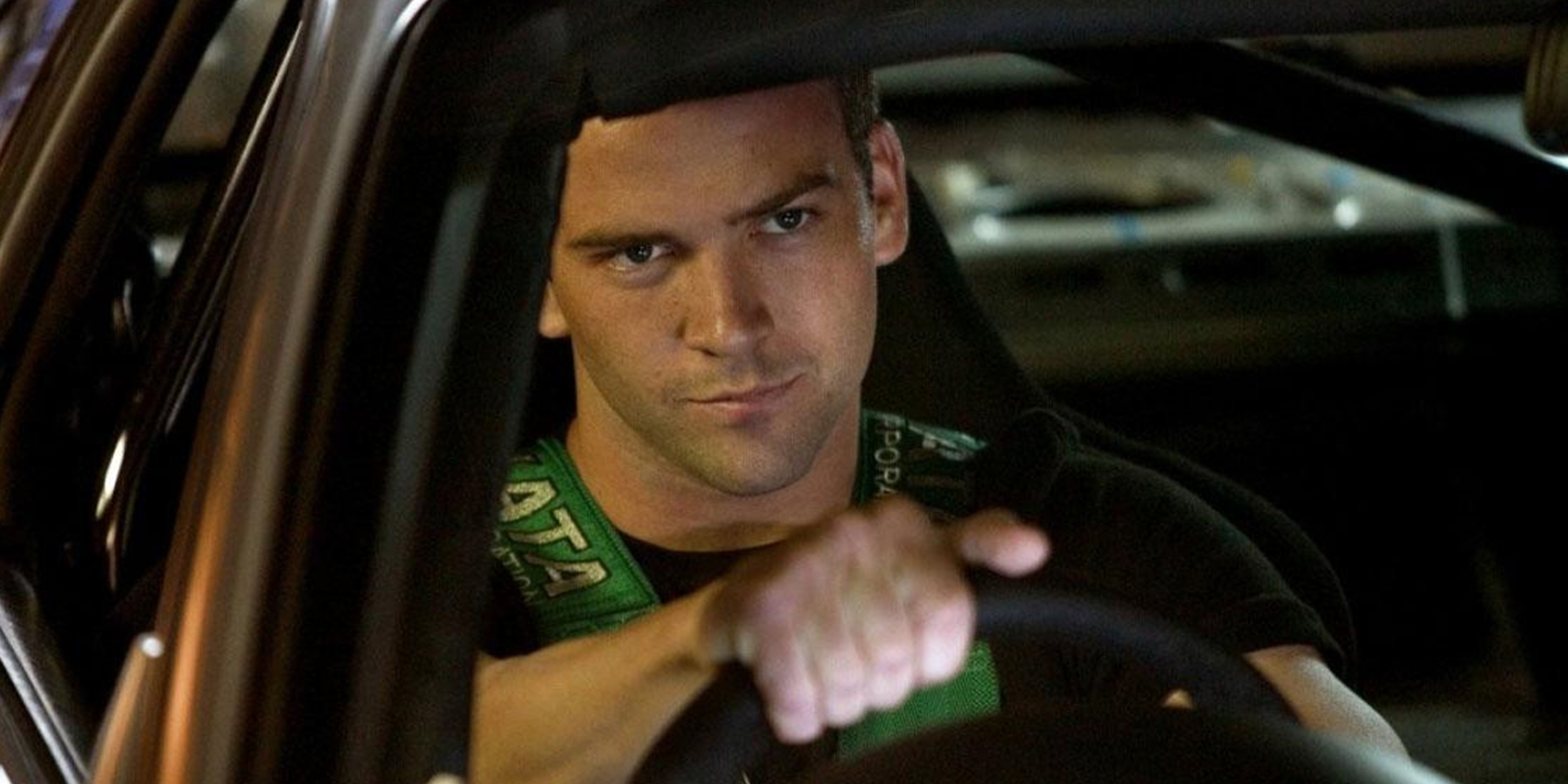
Tokyo Drift was originally meant to be the final Fast & Furious movie to release in theaters, but in actuality, it became the film that saved the Fast Saga. Released in 2001, the original The Fast & The Furious was a surprise hit, earning over $207 million worldwide from a budget of just $38 million, making its lead actors, Vin Diesel and Paul Walker, into big stars. For the sequel, 2 Fast 2 Furious, Vin Diesel decided not to reprise his role as Dom Toretto, but the charismatic Tyrese Gibson was brought on board to join Walker.
When the time came to produce a third film in the series, Tokyo Drift, none of the original actors came back, so the film was cast with series newcomers Lucas Black, Bow Wow, and Sung Kang. The resultant film didn't review particularly well and failed to light up the box office - grossing just $158 million off a budget of $85 million. Going into the movie, Universal Pictures thought Fast & Furious was fizzling out and considered making a low-budget, direct-to-DVD sequel that would effectively end the franchise. But then things changed after Diesel's cameo.
Near the end of production on Tokyo Drift, Diesel was approached to reprise his role as Dominic Toretto in a brief cameo. The actor agreed, but not for a regular paycheck; instead, he returned to the Fast & Furious franchise on the condition that he receive the rights to Riddick, the sci-fi action saga for which he had long wished to develop a sequel. The deal was struck, and Diesel's cameo in Tokyo Drift is fondly remembered as one of the most exciting and unexpected moments in the film. It was only after Universal saw the reaction to Diesel's cameo (via The Wrap), not necessarily the movie itself, that they agreed to produce a full-fledged sequel with the original Fast & Furious cast returning, including Diesel.

While Tokyo Drift didn't earn strong reviews, Universal was, by all accounts, satisfied with director Justin Lin's work on the movie, and he would go on to direct the following three films, as well as the upcoming Fast & Furious 9 and Fast & Furious 10. Beyond Vin Diesel, other original cast members like Paul Walker, Michelle Rodriguez, and Jordana Brewster returned for the fourth film, simply titled Fast & Furious, which solidified the franchise's status as a box office blockbuster. Meanwhile, 2013 saw the release of Riddick; the long-awaited sequel failed to impress critics or make a noticeable dent at the box office, but it nevertheless earned respect for feeling like a true labor of love from Diesel and writer/director David Twohy.
In the eyes of fans, Tokyo Drift is seen as something of a cult classic within the series, since its core conflict is of considerably lower stakes than the epic heists and blockbuster action sequences that would come in Lin's sequels. Furthermore, Sung Kang's Han character immediately became one of the franchise's breakout heroes, leading to his surprise return in F9. While not an immediate box office success, Tokyo Drift is nonetheless an essential chapter in the grand Fast Saga.
Had things gone differently, Tokyo Drift would have been the last major release in the Fast Saga, which would have died an anonymous death in a DVD bargain bin. However, thanks to the behind-the-scenes machinations of Universal Pictures, the hard work of director Justin Lin, and Vin Diesel's desire to continue his darling Riddick franchise, Tokyo Drift marked the end of the first era of Fast & Furious stories, and paved the way for the Fast Saga to become one of the biggest blockbuster franchises of all time.
from ScreenRant - Feed https://ift.tt/2z6CEDZ



0 Comments